This analysis was originally released by SouthFront on February 26, 2018
The ongoing conflicts of varying level of intensity have significantly increased the importance of the combat role of snipers. Experience shows that even a few well trained and equipped snipers can decisively influence a battle on the modern battlefield.
Many armies of the second half of the 20th century did not focus on training snipers, believing that in a large-scale conflict the decisive role would be played by large armored formations, supported by powerful airstrikes. The Soviet Army, which during WW2 had the best sniper schools in the world, was forced to start almost from scratch in developing training programs for and aptitude in a new breed of snipers, after hard learned lessons in the conflicts in Chechnya. In the course of these conflicts, the military realized it had made a major mistake in its decision to abandon integrated sniper teams and the practice of the special selection of the best sharpshooters discovered within the ranks, in order to subject them to in-depth sniper preparation. The same happened to the US Army, albeit to a lesser degree, which also encountered a rude awakening when faced with a lack of trained, proficient snipers in Afghanistan and Iraq.
Before examining Russian and US approaches to sniping, one must first clarify what a “sniper” actually is. Soldiers armed with a telescopic sight-equipped rifle are usually divided into actual snipers and infantry snipers (what the US Army refers to as Designated Marksman, or DM). The difference between the two is that the DM is a member of a squad, whereas a sniper is a member of a sniper pair or team. DMs are supposed to extend the range of effective fire beyond what can be provided by other weapons of the squad. The dedicated snipers’ mission is the stealthy elimination of key targets, including enemy snipers, officers, guard details, important equipment, breaking up attacks, and inflicting the psychological damage of “sniper terror” (panic caused by effective sniping which reduces the ability to observe the situation and depresses morale).
This article will examine US and Russian battalion-level combined arms units, since battalions are the smallest units capable of sustaining independent operations. Battalions contain many subunits which do not include snipers and which therefore will not be examined here.
Russia
Weapons
The SVD rifle adopted in 1963 became the first semi-automatic sniper rifle in the world. Until that time, and in the West for another several decades, sniper rifles were ordinary army rifles or even hunting rifles specifically selected for their accuracy. The SVD is still unsurpassed today in terms of its low cost, simplicity of maintenance, good ergonomics, and reliability. It is used by infantry snipers in the armed forces of the Russian Federation, and has been adopted by the militaries of many nations as well as non-state actors.
The wars in Chechnya revealed the limitations of the SVD in many modern battlefield scenarios, chief among them its lack of suitability in urban environments where cover is plentiful. It has low accuracy above 700m, its PSO-1 4x magnification sight does not allow shot spotting above 400m, and its standard ammunition lacks penetration necessary to kill snipers and weapons crews hiding behind walls.
Organization
Russian motorized rifle battalions are of two kinds: either BMP or BTR-mounted. Each has 3 companies comprising of 3 platoons, each with 3 squads and a command team. BMP-2s and BMP-3s are tracked, armored infantry combat vehicles armed with 30mm cannons, and or 100mm cannons/ATGM launchers depending on the variant. The BTR is a wheeled armored personnel carrier that is fast, with a high degree of mobility, yet is relatively lightly armed with one 14.5mm KPVT machine gun and one 7.62mm coaxial machine gun, or a 30mm cannon (BTR-80A/82A variants)
As specified in its official TO&E, a motorized rifle (MR) platoon of a BTR battalion has 4 infantry snipers, 1 in each squad and 1 in the command team, which yields 12 DMs in a company and 36 in a battalion. A platoon of a BMP battalion has 1 infantry sniper in the command team, which yields 3 DMs in a company and 9 in a battalion.
This imbalance is due to the BMP not being considered a support vehicle, but a major weapon system that addresses most of the tasks faced by the infantry squad. DMs in a BTR battalion are needed to augment the battalion’s firepower, as the BTR lacks the firepower of the BMP. A major weakness with this establishment is that there are no professional snipers as such in Russian MR battalions, which also lack large-caliber sniper rifles or spotters assisting marksmen, a role that is assumed by the squad leader or platoon leader in BTR and BMP battalions, respectively. In the first decade after 2000, the Russian MOD had plans to form sniper subunits in combined arms formations. It’s not known to what extent these plans have been implemented.
In review, Russia has a good DM rifle which still has considerable modernization potential, which is currently being modernized. Russia’s defense industry makes a wide range of sniper weapons of both medium and large caliber, some of which have proved themselves in various conflicts over the past few decades. They have largely been tested by special operations troops who use them as standard equipment, based on mission requirements. BTR and BMP battalions may be considered to have a sufficient amount of designated marksmen; however, the lack of proper snipers greatly reduces their ability to counter the enemy in long-range firefights, outside the range of standard small arms.
USA
The US has gone down a very different path than Russia when it comes to weapons and organization.
Weapons
The US military acknowledged the need for squad DMs in Afghanistan, where US troops faced intense fire from ranges between 300 and 500 meters. Since the US military had no dedicated DM rifle, the marksmen used the standard-issue M4 carbine fitted with the ACOG (Advanced Combat Optical Gunsight) sight which allows accurate fire up to 600 meters. Some US units received M14 rifle variants. These rifles required extensive modernization, since these 1950s-era weapons no longer satisfied US military requirements.
To address these problems, M14s were modernized using a rigid frame instead of the conventional stock and equipped with optics enabling accurate fire out to 800 meters. This resulted in units receiving the M14 EBR (Enhanced Battle Rifle). US Marine Corps marksmen received the M14 DMR (Designated Marksman Rifle). The 3rd Marine Division made limited use of modernized M16A4 rifles, dubbed the Squad Designated Marksman Rifle (SDM-R). This rifle received a stainless steel barrel with a flash suppressor, ACOG, Picatinny rail, and bipod. The modifications made accurate fire out to 1000 meters possible.
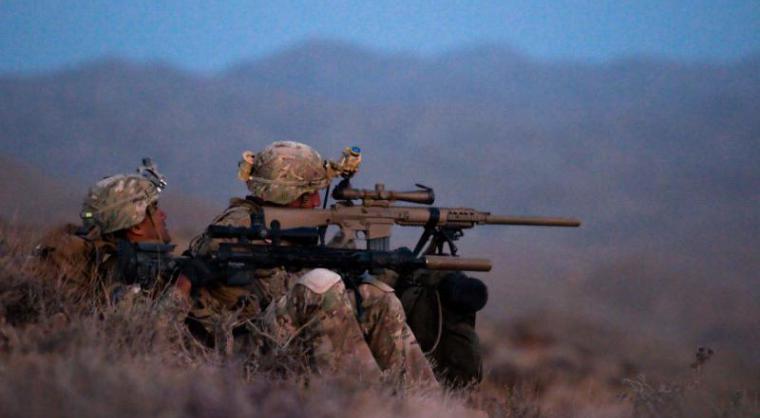
By comparison with the M16 rifle, the M4 carbine has smaller dimensions and is therefore convenient for troops using vehicles (Humvees, APCs, helicopters), and also during urban warfare. At the same time, the short barrel means shorter effective range which leads to complaints when fighting in open and mountainous terrain. Numerous complaints concerning the M4’s inadequate reliability in harsh conditions were voiced in the press, which led to modernization of the basic design (heavier barrel, abandoning the 3-round burst setting in favor of full automatic fire, and the controversial replacement of the original direct impingement action with a gas piston).
Organization
A motorized or mechanized infantry battalion belonging to a brigade combat team (BCT, which may be motorized, Stryker-mounted, or mechanized) has a more complex organization than a Russian motorized rifle battalion. These units have DMs at squad level equipped with a modified assault rifle. Battalion HQ also has a sniper squad armed with medium- and large-caliber sniper rifles, and in each company a sniper team subordinated to the company commander.
Here we’ll consider the Stryker BCT. Since such brigades are relatively recent formations, (from 2003 on), they are the most modernized US Army units and are intended to fill the gap between motorized and heavy mechanized BCTs.
The battalion HQ company has a sniper squad, consisting of 2 sections, each of 3 soldiers, which yields 7 troops total including the squad leader.
The senior member of the section is the spotter, followed by the sniper, with the rifleman assigned to provide cover to the section being the most junior. The section uses the M107 12.7mm rifles (Barrett M82 variant) to engage infantry and light armored targets beyond 800 meters, the M110 7.62mm rifles to engage infantry out to 800m, as well as the M16 or M4 equipped with an M203 grenade launcher for fire support and covering fire in the event of discovery by the enemy.
Each company’s sniper section consists of 3 troops, organized in the same fashion as the battalion sniper squad section.
Therefore, each battalion has a total of 16 troops capable of providing the full spectrum of sniper support.
US Army Field Manual FM 3-21.8 (FM 7-8) The Infantry Rifle Platoon and Squad, specifies that in addition to dedicated snipers, each platoon of each company of a Stryker BCT battalion has a DM armed with an M16 or M4 modified for accurate fire out to 500-600m. This gives the battalion a total of 27 DMs, and a Stryker BCT a total of 16 snipers and 27 DMs, for a total of 43.
The experience of Afghanistan and Iraq was taken into account by the US general officer corps and therefore, at the current time the US Army has a rather balanced sniper support system for medium and long ranges, both in terms of equipment and organization. Each squad has a DM, each company commander has a sniper section, and each battalion commander has a sniper squad. The absence of a specialized marksman rifle in use by the U.S. can be considered a shortcoming. The broad range of weapons used by DMs (M16, M4 ACOG, M14 EBR, and others) is poof of this fact. The M110 was a good stop gap attempt at filling this role, buying time before the arms industry could develop a dedicated weapon. Moreover, these rifles also lack reliability under conditions of mud, water, and sand which the DM will encounter when accompanying the squad.
A sniper, on the other hand, fires from a prepared position, and for him accuracy is more important than reliability. One should also note that US Army marksmen do not face significant issues when training with their weapons, since they are nothing more than improved M16s or M4s. A DM thus does not have to be familiarized on a new rifle platform.
The presence of sniper sections in a Stryker BCT battalion means that the US Army has two main conceptions of sniping. The first relies on a sniper section operating in a free hunt mode, in order to eliminate personnel and light armored vehicles on the front lines and immediately behind it. The second calls for a recon-sniper platoon or a sniper section consisting of 4-6 troops tying down enemy operations in its own zone of responsibility and the collection of information on the enemy’s front line for the benefit of the battalion commander.
Deployment and Use on the Modern Battlefield
The increased role of sniper fire in localized operations was influenced by the appearance of large-caliber sniper systems capable of defeating enemy materiel at long distances, new sniper sights and ammunition, and specialized equipment for detached operations. New tactics have been evolved over the past two decades to use snipers in localized combat operations and counter-terrorism operations.
The new sniper capabilities in turn, have influenced how the organization of sniper units is determined, including the employment of new sniper weapon systems, and tactics on the modern battlefield. The increased capabilities of the weapons at the military’s disposal, influence the development of military tactics at this stage of development.
Regional conflicts of the late 20th century have displayed the following pattern: participants try to avoid exposure to enemy direct fire, and when that’s unavoidable, to increase distance. This raises the importance of small arms capable of accurate fire out to 600 meters. Automatic fire for fire suppression and superiority has increasingly been supplemented by single aimed shots over greater distances.
This not only saves ammunition, but greatly increases fire effectiveness. Since sniper rifles are the most accurate, and machine-guns the most powerful infantry weapons in low-intensity conflicts, snipers and machine-gunners play key roles alongside RPG and ATGM crews and demolitions specialists. Warfare continues to evolve as technology and tactics change, pushed forward by human experience and ingenuity.



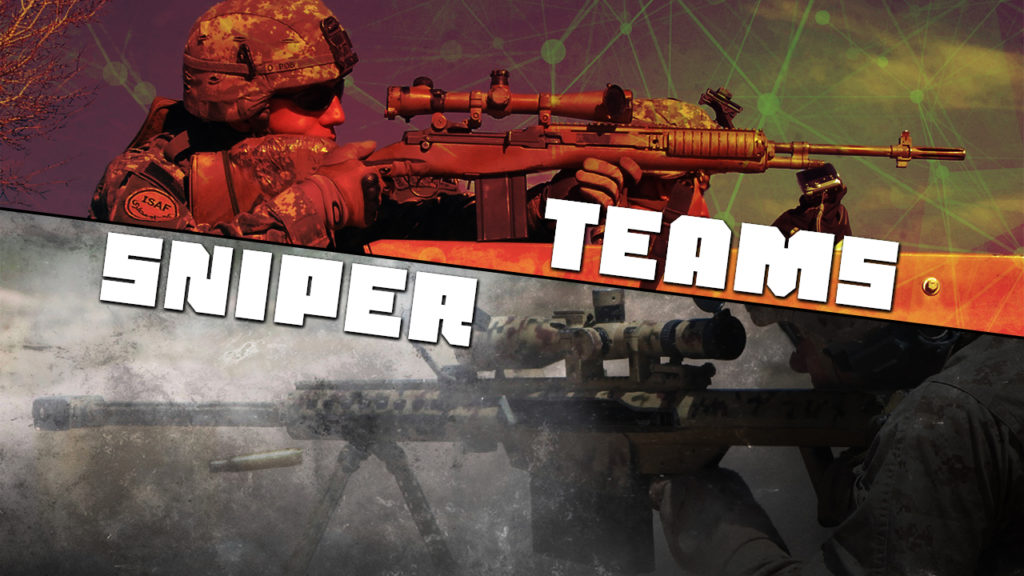
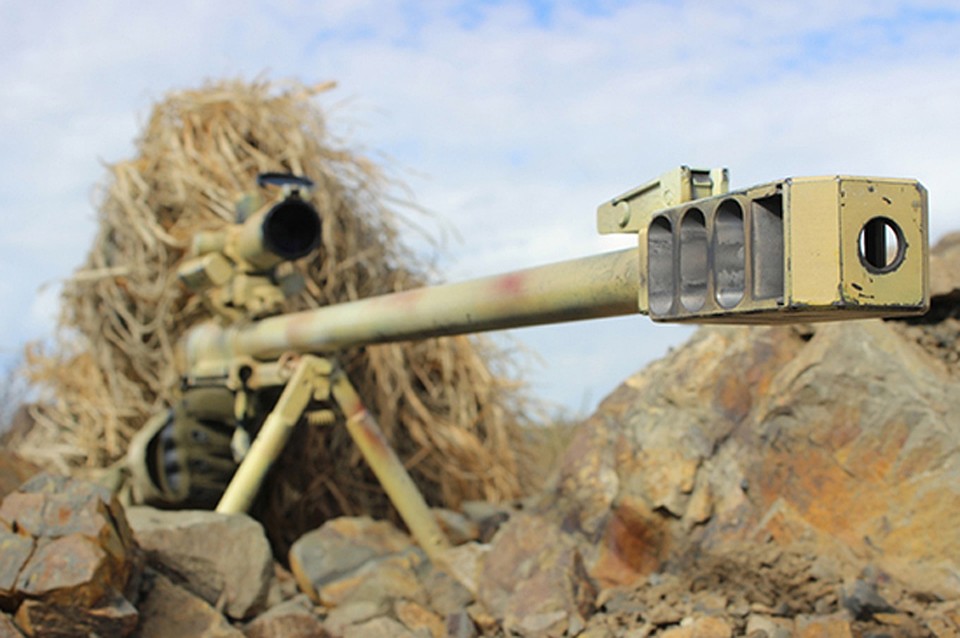
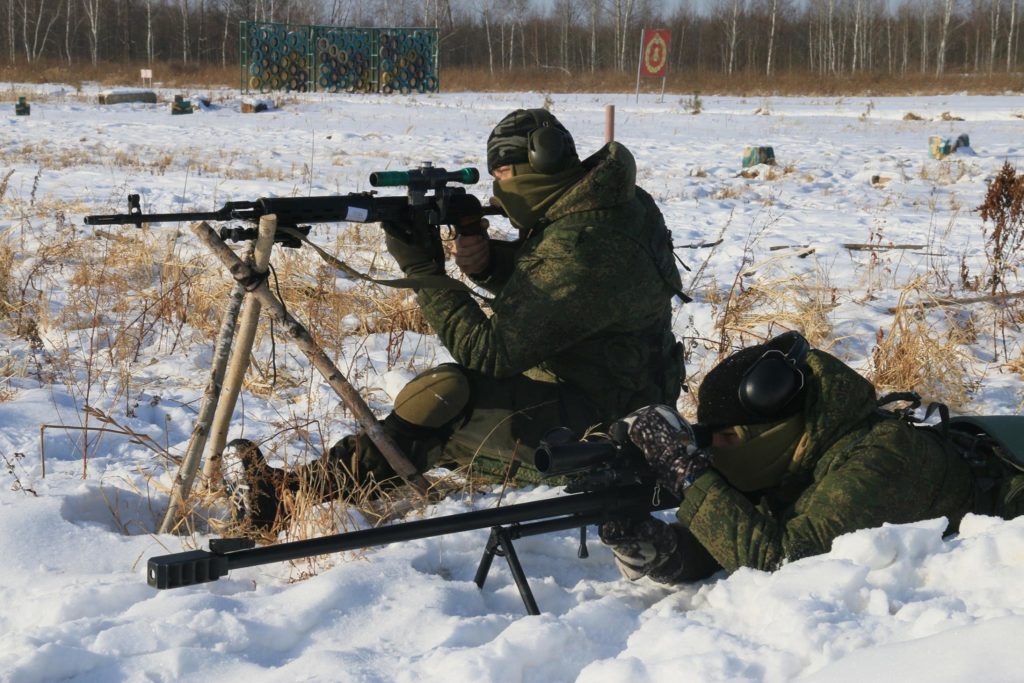
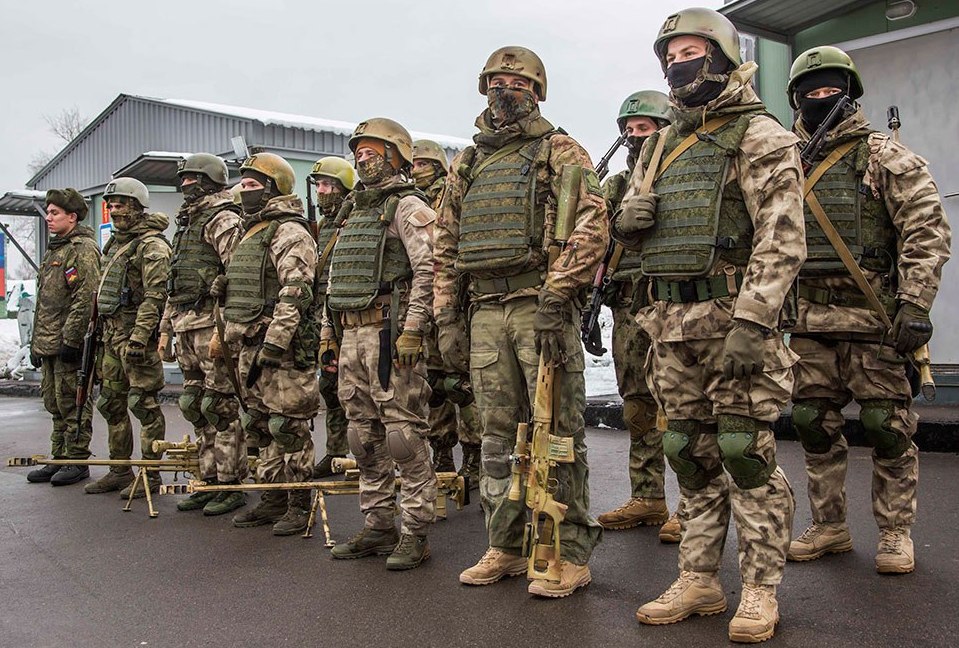

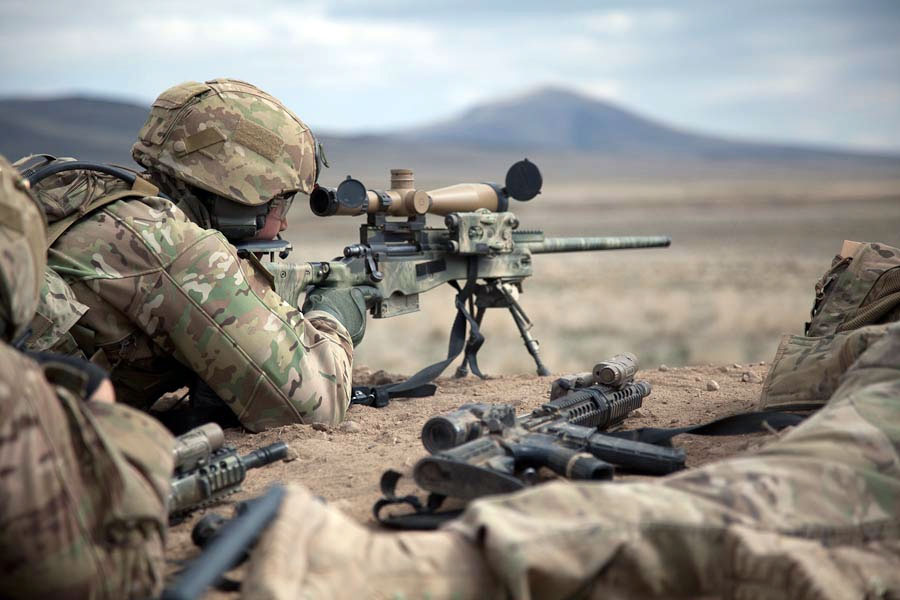
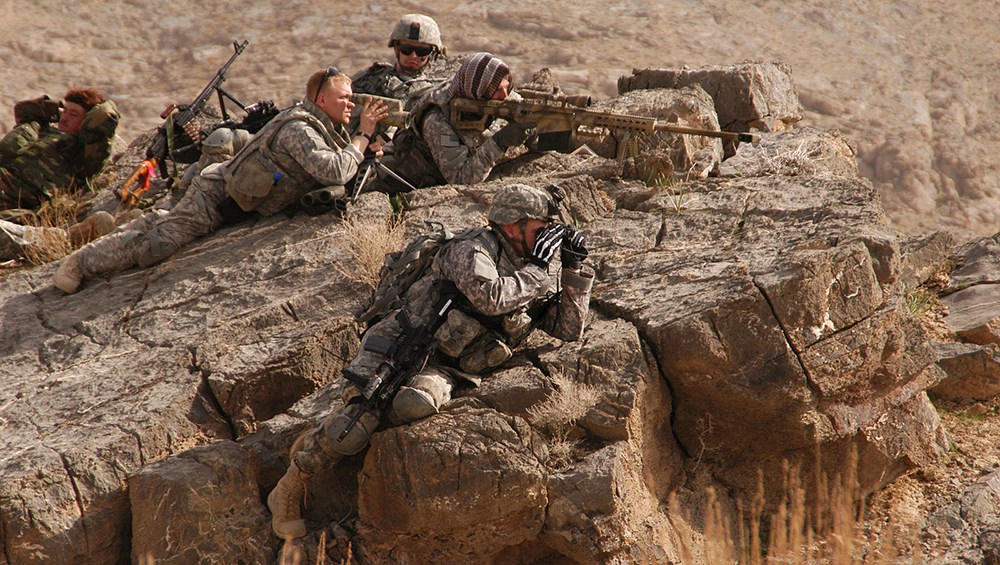



exccellent article!!
every monthis article about snpers. somebedy in the SF team is psycho …
Give me one good sniper over a dozen average jihadists any day. Aiming is a concept beyond the jihadists’ grasp, apparently. Their typical form is to hold the gun over their head , waving it around and spraying bullets randomly , with their eyes closed. Great for the ammo manufacturers , though.